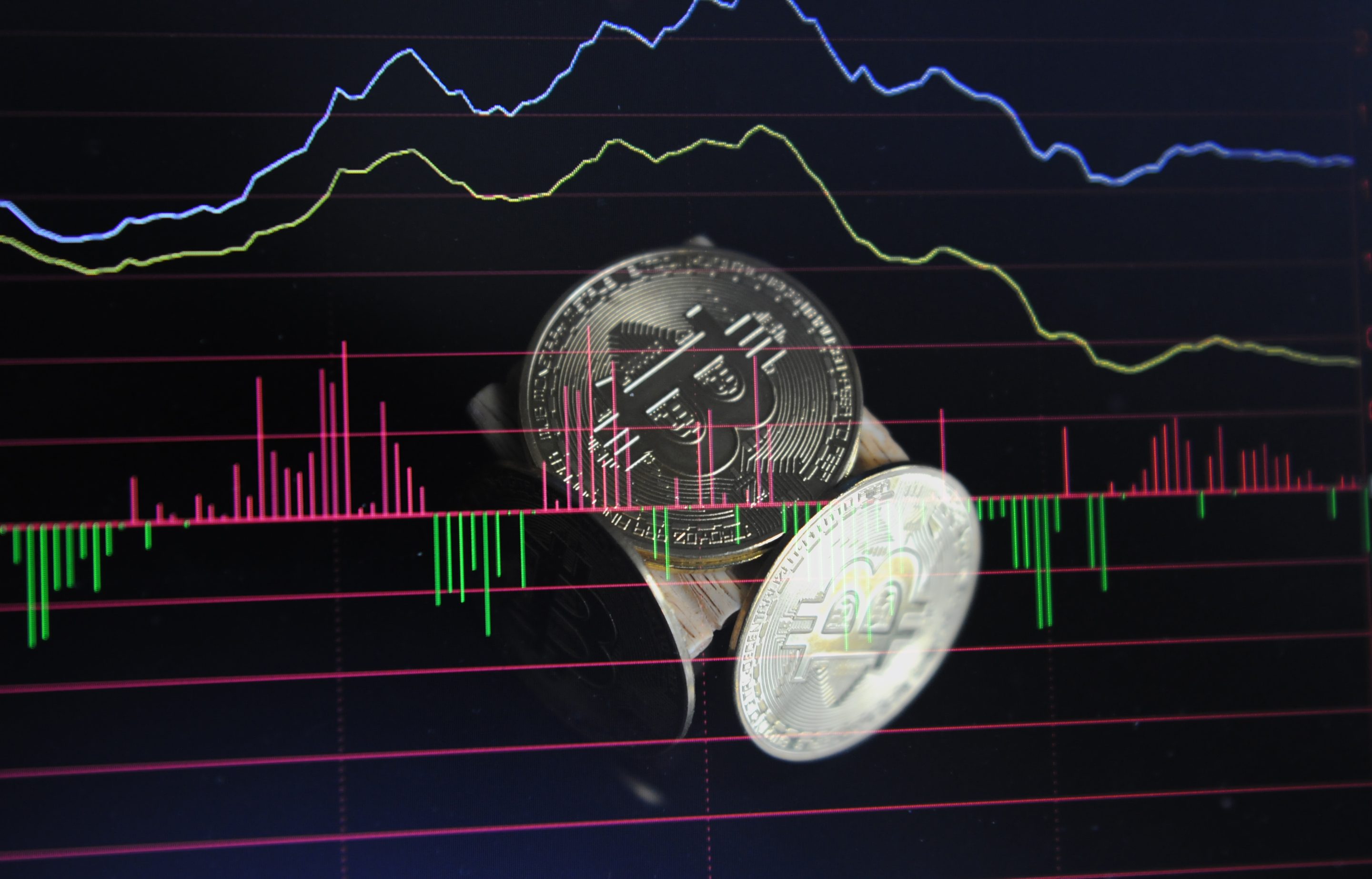A newly released working paper from the European Central Bank (ECB) examines the contrasting effects of digital currency market shocks and U.S. monetary policy on stablecoins and traditional money market funds, with results that challenge commonly accepted notions of the role and reliability of stablecoins during periods of unexpected market conditions.
Stablecoins, money market funds, and monetary policy, authored by a joint team of researchers from the ECB and the Bank for International Settlements (BIS), finds that while “crypto shocks” have little effect on traditional finance, monetary policy significantly influences both sectors, but in opposite directions. Their conclusions highlight the outsized role of greenback monetary policy in connecting traditional financial markets with digital currency and run largely contrary to long-held assumptions about stablecoins within the digital currency community.
The study’s findings are based on a comprehensive dataset combining traditional financial market variables, digital currency market indicators, and two series of economic shocks.
An economic shock refers to an unexpected event that affects an economy, whether positive or negative. In the context of the paper, crypto shocks and monetary policy shocks are defined as sudden changes that result from external factors and have a marked impact on markets.
Crypto shocks might include unexpected regulatory announcements, major hacks, or sudden shifts in investor sentiment, while monetary policy shocks typically refer to unforeseen changes in central bank policy, such as surprise interest rate decisions or a shift in debt issuance volume.
For the study, monetary policy shocks were identified by measuring surprises in 3-month yields for U.S. treasury bond futures around Federal Reserve policy announcements, while crypto shocks were derived from the unforecastable component of the Bloomberg Galaxy Crypto Index (BGCI)—meaning events that cannot otherwise be explained by known factors or traditional financial indicators—using a machine learning technique called elastic net.
The data covers the period from January 2019 to July 2023, including the prolonged global shock caused by COVID-19, which saw several significant events in digital currency markets, and a considerable tightening of U.S. monetary policy.
One of the headline findings from the research is that shocks originating in digital currency markets effectively have no impact on traditional financial markets, including money market funds (MMFs). The researchers found that stock prices, Treasury yields, and MMF assets showed no significant reaction to crypto shocks over a 12-week horizon.
Stablecoins, in contrast, exhibited a marked and measurable response to crypto market turbulence, with the report finding that “stablecoin market capitalization drops by around 4 percentage points after three months following a negative crypto shock, driven by the significant response of Tether [USDT] and USDC.”
The conclusions here cast major doubt around the idea that stablecoins serve as a ‘crypto safe haven’ during periods of market stress. The authors state plainly that “our evidence does not support the claim that stablecoins, as a whole, may play a role as crypto safe haven.”
In contrast to the limited impact of crypto shocks, the study finds that U.S. monetary policy has far-reaching effects on both traditional finance and crypto markets, with contractionary monetary policy leading to declines in equity markets and increases in short-term interest rates.
More interestingly, the researchers observed divergent reactions between prime money market funds and stablecoins. They note that “yields and assets of prime-MMFs increase after a contractionary monetary policy shock,” likely due to investors shifting funds from bank deposits to higher-yielding MMFs as interest rates rise.
Stablecoins, in contrast, saw significant outflows following monetary tightening. The paper reports that “stablecoin market capitalization drops by around 10 percentage points after three months” in response to contractionary policy shocks. This decline was “statistically significant, persistent and much larger than the impact of crypto shocks that lead to a decline in Bitcoin prices of a similar magnitude.”
The authors argue this reaction stems from the increasing opportunity cost of holding non-interest-bearing stablecoins as interest rates rise, leading investors to shift towards traditional assets. They conclude that “monetary policy, in particular for the U.S. dollar, is the linchpin that connects crypto and traditional financial markets.”
Such volatility in response to policy shifts undermines one of the key selling points of stablecoins—their purported stability—and should serve as a stark warning to participants in digital currency markets.
“Stablecoins, as a whole, do not act as ‘safe-haven’ against crypto or standard financial shocks,” the report says.
“As monetary policy tightens, crypto prices fall, the market turns bearish and investors demand less stablecoins (the settlement means in crypto markets) for speculative purposes.”
The strong negative correlation between stablecoin market capitalization and macroeconomic policy tightening indicates these assets may be much less stable than their name implies (and which their often shady issuers would have you believe) when faced with shifting economic conditions.
“Our results suggest that, first, stablecoins’ role as crypto safe-haven is questionable and does not extend to either crypto or traditional financial market shocks,” read the report.
“Second, U.S. monetary policy not only affects traditional financial markets, but also exerts a significant influence on cryptocurrency markets, especially stablecoins.”
The upshot is that stablecoins ultimately appear to be far more vulnerable to macroeconomic forces than previously advertised, particularly changes in U.S. monetary policy. These findings challenge—or should challenge—how we view stablecoins, both in the context of cryptocurrency markets and their relationship to the broader financial system.
Spotlight On: Centi Franc—the truly stable stablecoin

















 English (US) ·
English (US) ·